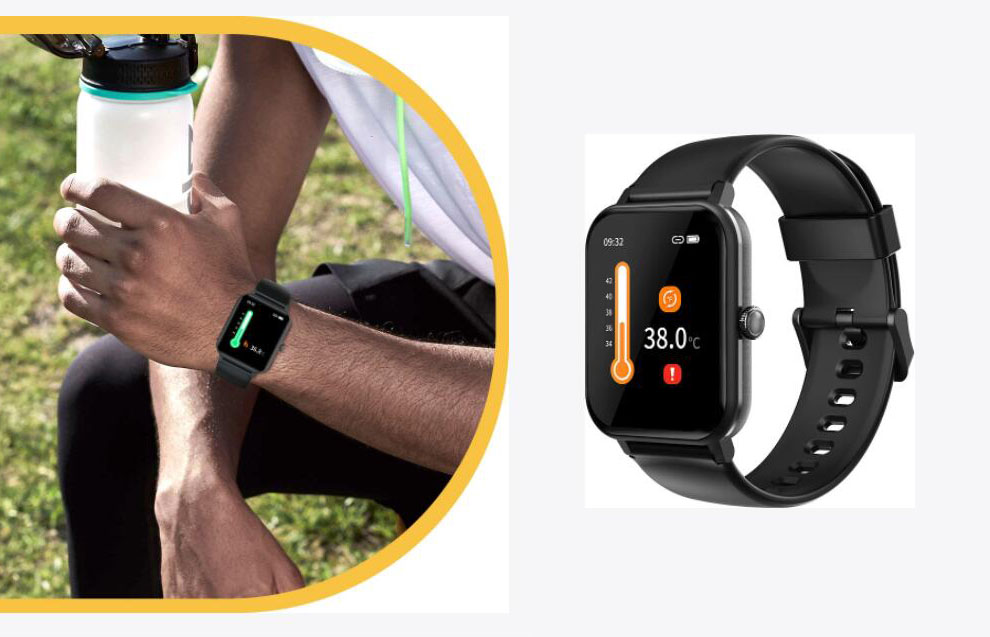How accurate is a thermal scanner?
Welcome to Blackview (The leader of outdoor rugged phones) blog. Hope the guide helps.
Thermal imaging is generally considered a reliable and accurate technology for detecting temperature differences and anomalies in various applications. However, its accuracy can be influenced by several factors, including the equipment used, environmental conditions, operator skill, and the specific purpose of the thermal imaging.

Here are some key points to consider regarding the accuracy of thermal imaging:
- Equipment Quality: The accuracy of thermal imaging depends on the quality and capabilities of the equipment used. The related products including such as holding thermal imagers and thermal imaging phones. Higher-quality thermal cameras with better resolution and sensitivity tend to provide more accurate results. Cheaper or lower-resolution cameras may have limitations in detecting smaller temperature variations or providing precise measurements.
- Environmental Factors: Environmental conditions, such as ambient temperature, humidity, air movement, and emissivity of the objects being observed, can impact the accuracy of thermal imaging. These factors can affect the thermal contrast and the ability to differentiate temperature differences accurately. It is important to consider and account for these factors during the imaging process.
- Operator Training and Skill: The accuracy of thermal imaging also relies on the training and expertise of the operator. Skilled operators who are familiar with the equipment and understand the principles of thermal imaging can interpret the images more accurately and make informed assessments. Training and certification programs for thermographers help ensure their competence in using thermal imaging technology effectively.
- Calibration and Reference Standards: Regular calibration of thermal cameras is essential to maintain accuracy. Calibrating the camera involves comparing its readings to known reference temperatures to ensure proper measurement accuracy. This process helps account for any potential drift or inaccuracies in the camera's readings.
- Purpose and Limitations: It's important to understand the limitations of thermal imaging technology. Thermal cameras primarily capture surface temperatures and may not provide detailed information about internal structures or specific defects. They are most effective in identifying temperature variations and anomalies that may indicate potential issues. Other diagnostic tools and methods may be necessary to confirm findings or provide more comprehensive assessments.
- Interpretation and Analysis: Accurate interpretation and analysis of thermal images require expertise and experience. Experienced thermographers understand the principles of heat transfer, material properties, and thermal patterns associated with different applications. They can differentiate between normal temperature variations and significant anomalies that may require further investigation.
In summary, thermal imaging is generally considered accurate when used appropriately and under suitable conditions. However, it's important to consider factors such as equipment quality, environmental conditions, operator skill, calibration, and the purpose of the imaging when evaluating its accuracy. Consulting with a certified thermographer or an expert in the specific field of application can provide further insights and ensure accurate interpretation of thermal images.
Read also,
- How does thermal imaging work?
- Can thermal see through glass?
- Infrared vs thermal camera
- How far can a FLIR camera see?
- Can a thermal imaging camera see through walls?
- How to trick or hide from a thermal camera?
- Can a thermal imaging camera see through clothes?
- The best FLIR Thermal Camera Rugged Phone list
- Thermal cameras for ghost hunting
- What's the cost for a thermal camera?
- Can FLIR see through fog?
- Does FLIR work in daylight?
- Can a night vision camera see through clothes?
- Does Mylar block thermal imaging?
- Does aluminum foil block thermal imaging?
- A guide about thermal camera for mobile repairing
- A guide about thermal imaging camera for hunting
- Are thermal cameras safe for babies?
- Can you see fish with thermal cameras?







